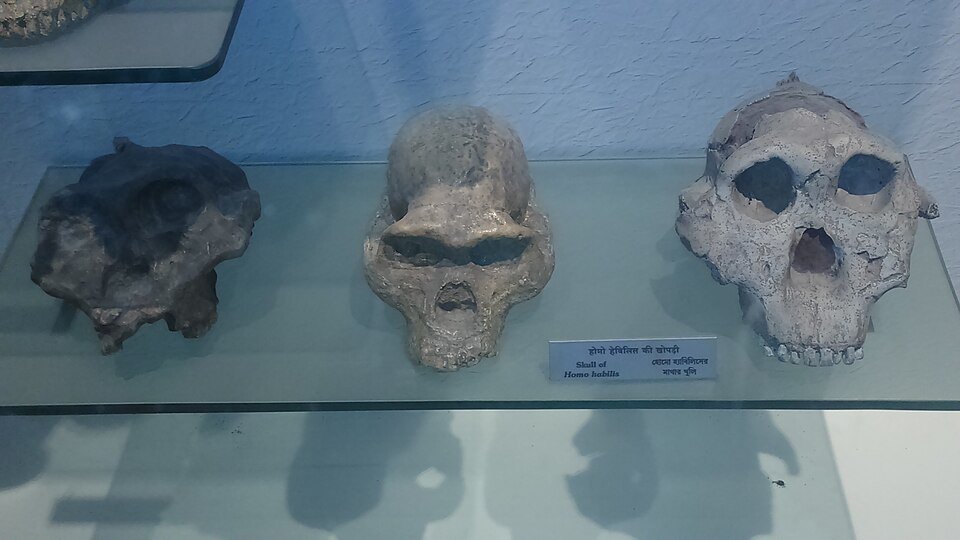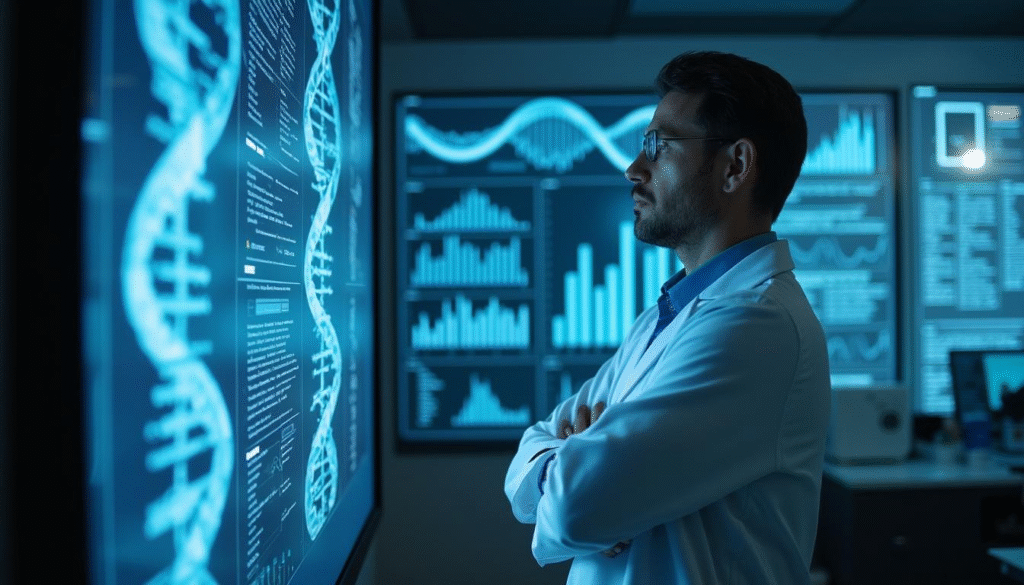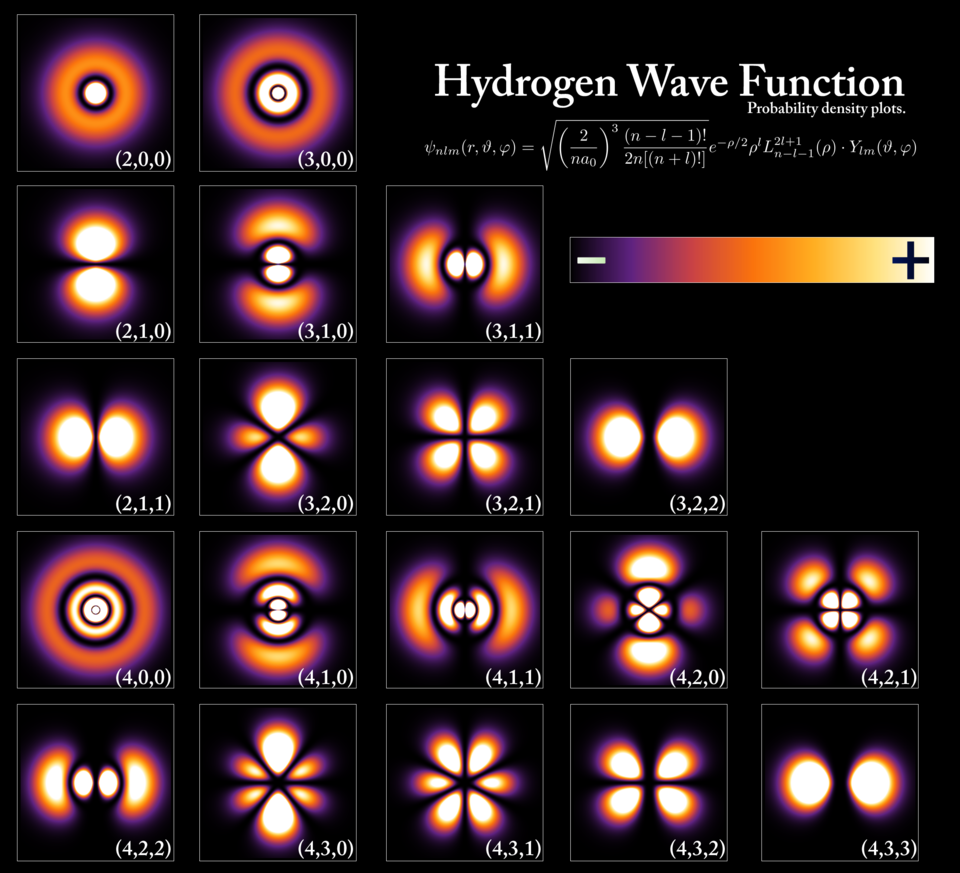The theory of evolution is one of the most powerful frameworks in science. It explains the development of life on Earth, how simple cells became complex organisms, and how humans, emerged from primate ancestors.
But even the strongest theories have limits. And when we dig into the evidence for and against evolution, we start to see a more complex story, where we find gaps, contradictions, and unanswered questions.
Could something deeper be at play?
What Evolution Gets Right
Evolution by natural selection is widely accepted because the supporting evidence is extensive. Across biology, paleontology, and genetics, several lines of proof point to the same pattern: life evolves.
Key points:
- Genetics: Humans share over 98% of their DNA with chimpanzees. We’ve also found traces of ancient humans in our genes, such as Neanderthals and Denisovans, confirming interbreeding events.
- The fossil record: Transitional species like Australopithecus, Homo habilis, and Homo erectus offer a step-by-step look at how human anatomy evolved over time.
- Dating methods: Scientists use techniques like carbon-14, potassium-argon, and uranium-lead dating to determine the age of fossils, sometimes dating back millions of years.
- Micro-evolution today: Evolution can be observed in action. Bacteria evolve resistance to antibiotics. Insects adapt to pesticides. Fruit flies change based on diet and environment. That’s micro-evolution, small adaptations within a species.
Selective breeding in dogs is another clear example. From wolves, we created pugs, greyhounds, and huskies in just a few thousand years, showing how traits can shift dramatically, even within one species.
So yes, evolution has strong support. But that doesn’t mean it answers everything.

The Problems No One Talks About
Let’s look at the evidence against evolution, or at least, the parts that challenge its completeness.
🦴 Gaps in the fossil record
Despite many discoveries, the evolutionary chain from ape to human remains incomplete. For example, there’s a 400,000-year gap after the earliest Homo jawbone. No clear fossils fill this stretch.
And hoaxes like Piltdown Man (accepted for 40+ years before being debunked) show that even science can be misled, sometimes for decades.
🔁 The mystery of symbiosis
Some species can’t survive without another. Take the aphid and Buchnera bacteria, a relationship so dependent it seems impossible to have evolved separately.
Critics ask: How could such co-dependence evolve gradually, if each partner depends on the other to survive? Science proposes that in the beginning they didn’t rely on eachother, but became dependand over time, but the question remains open.

🧠 The Cognitive Revolution
One of the most mysterious leaps in human history is the sudden rise of advanced intelligence. Art, abstract thought, language, all emerged in a flash, evolutionarily speaking.
This leap is often called the Cognitive Revolution, but no one fully understands what triggered it.
Human Accelerated Regions: The Fast-Forward Genes
Within our genome, scientists found stretches of DNA called Human Accelerated Regions (HARs), areas that evolved much faster in humans than in any other species.
Example: HAR1F
- Barely changed across hundreds of millions of years in chickens, mice, chimps.
- But in just 6 million years of human evolution, it mutated 18 times.
- It’s directly linked to the development of the cerebral cortex, the brain’s “intelligence” region.
That’s not just fast. It’s unprecedented.
These HARs may help explain the sudden emergence of language, reasoning, creativity, but they also raise questions:
What caused these rapid genetic shifts?
And why only in humans?

The Evolutionary Problem of Birth
As our brains grew, childbirth became dangerously difficult. The human skull barely fits through the birth canal. Evolution’s “solution” was to have babies earlier, when their heads are still small.
At birth, a human baby’s brain is only, 25% of its adult size (vs. 50% in chimps). That means human infants are helpless for far longer, survival now depended on social bonding.
This shift gave rise to our complex social structures, but it’s still an evolutionary trade-off. Could natural selection alone have made that gamble?
The Big Unknown: Consciousness
Evolution explains the physical body well. But it struggles to explain the mind.
Why are humans self-aware, capable of love, fear, art, and philosophy? Why do we ask questions like “Why are we here?”
Many animals show signs of intelligence, but few (if any) show reflective consciousness, the awareness of being aware. And we don’t know why it evolved, or how.
You don’t need consciousness to hunt, eat, or reproduce. So why did it arise in humans, and not (fully) in chimps or dolphins?
Quantum Consciousness: A Scientific Soul?
Enter the Orch-OR Theory, Orchestrated Objective Reduction, developed by Nobel physicist Roger Penrose and Dr. Stuart Hameroff.
Their theory proposes that consciousness arises from quantum processes in microtubules inside brain cells. These quantum events, they argue, are:
- Non-local (spread across space and time)
- Not reducible to classical physics
- Possibly fundamental to the universe
This means consciousness might not be a byproduct of evolution, but something deeper, perhaps even woven into the structure of reality.
And if that’s true…
Could this be what people have called the soul?
It’s speculative. But it’s not religion. It’s a scientific hypothesis, one that tries to explain what classical biology can’t.

Conclusion: What If Evolution Isn’t the Whole Story?
We’re not here to say evolution is false. Far from it. The evidence for evolution is powerful.
But the evidence against evolution as a complete explanation, especially when it comes to consciousness, intelligence, and identity, demands serious thought.
Maybe evolution built the body.
But maybe something else awakened the mind.
In that space between biology and mystery, between science and soul, that’s where the real questions live.
And that’s where we’ll be going in future episodes.
Sources / Further Reading
- Human Accelerated Regions (Wikipedia)
- HARs & Brain Development Study (ScienceDirect)
- Orch-OR Theory Explained (Wikipedia)
- Penrose & Hameroff Original Paper (2011)
- Eugène Dubois and Java Man (Britannica)
Join the Discussion
What do you believe?
Do you think evolution explains everything about humanity, or is there something wrong or missing? Why?
Share your thoughts
